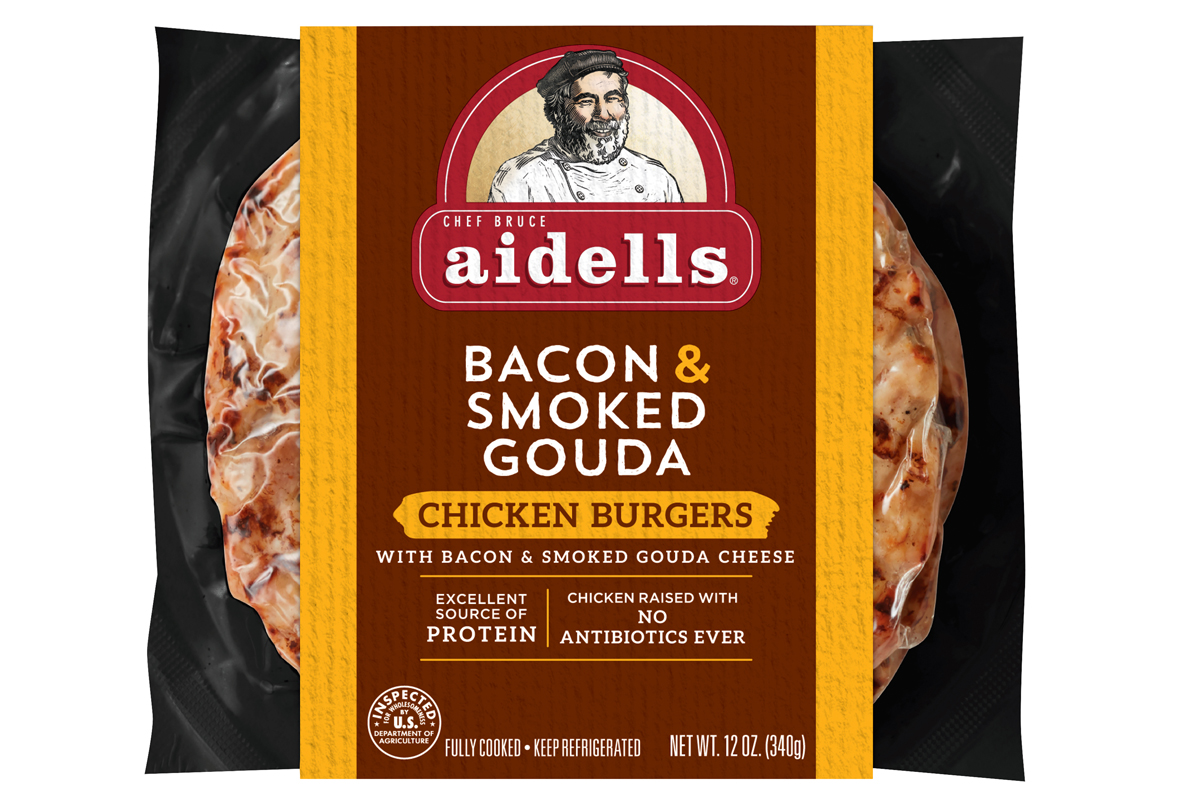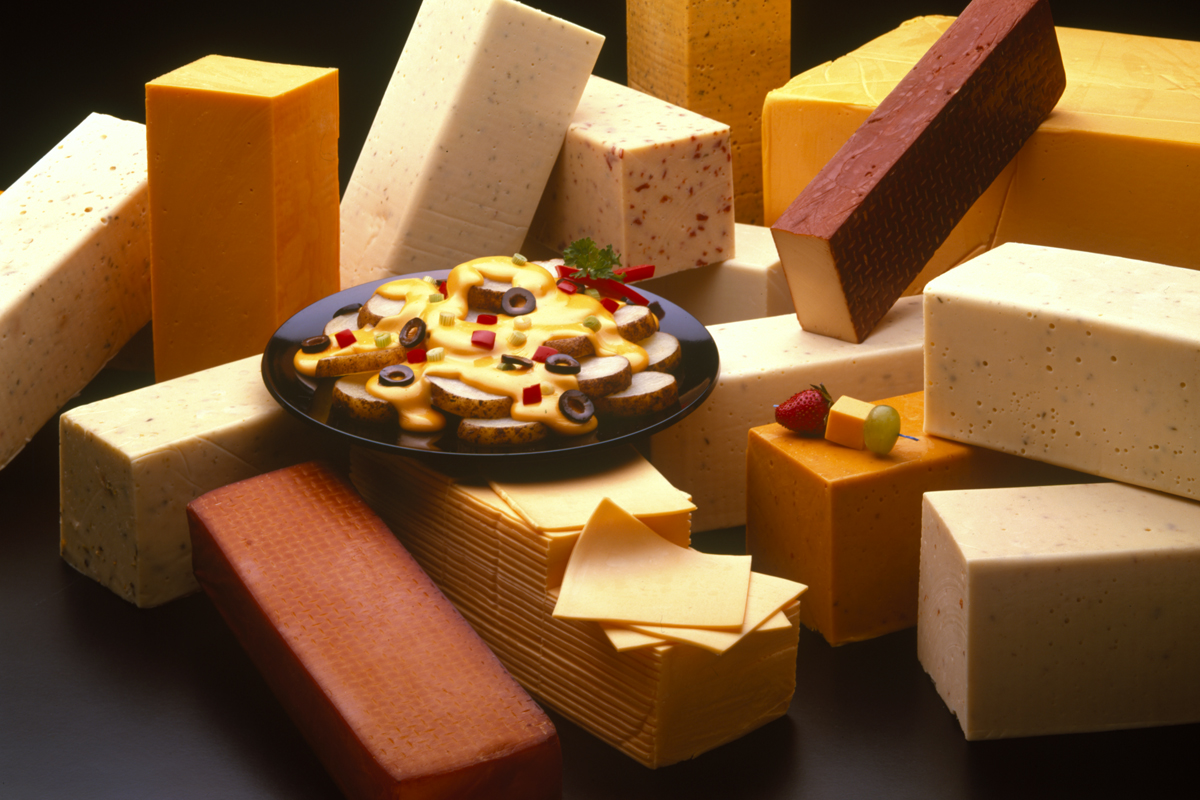Feta and spinach smoked sausage. Aged cheddar and bacon burger. Broccoli- and brie-stuffed chicken breast. Cheese adds excitement to meat and poultry and consumers are eating it up.
US cheese consumption is at an all-time high. The US Dept. of Agriculture Economic Research Service reported that in 2016, per capita consumption of natural and processed cheese varieties reached 43.6 lbs. The majority of this is not as a cube, slice or stick. It’s in prepared and packaged food applications. Marketers recognize that “made with real cheese” adds value to all types of foods, including formed meat and poultry.
Cheese is a great way to add flavor, color and even texture. While many prepared foods feature cheese in the form of sauce or as a shredded topping, formed meat and poultry products will often use diced cheese inclusions specially formulated to withstand the rigors of cooking temperatures as well as a high-moisture matrix.

Current clean-label trends are to use natural cheese, as it is minimally processed and typically contributes very simple ingredients to the final product — just milk, salt, culture and enzyme. With natural cheese, you get flavor and mouthfeel, but melt properties may pose a challenge, as the cheese particulates may ooze out of the final cooked product.
The water activity of the matrix and the cheese, plus the melting point of the cheese are two very important items to consider when choosing a cheese inclusion. Preventing moisture migration between the meat and cheese is important to the integrity of the cheese texture. You can minimize moisture migration by selecting a variety of cheese that has a water activity or moisture content close to that of the meat product.

In sausage making, a product category that frequently incorporates cheese, processors should stuff the sausage very soon after adding the cheese to the meat matrix. This is because when cheese is added to meat, it starts to disintegrate.
One approach to overcome this is to use processed cheese ingredients designed to not absorb moisture as well as to have restricted melt. Processed cheese manufactures can alter the melt of the cheese by the amount and type of phosphate emulsifiers they use to dial in the right amount of cheese melt and texture that works best for each application.
There are a few natural cheeses with restricted melts, including paneer, queso blanco, feta, halloumi and juustoleipa. These cheeses maintain piece identity while still having a soft, creamy appearance and mouthfeel.

